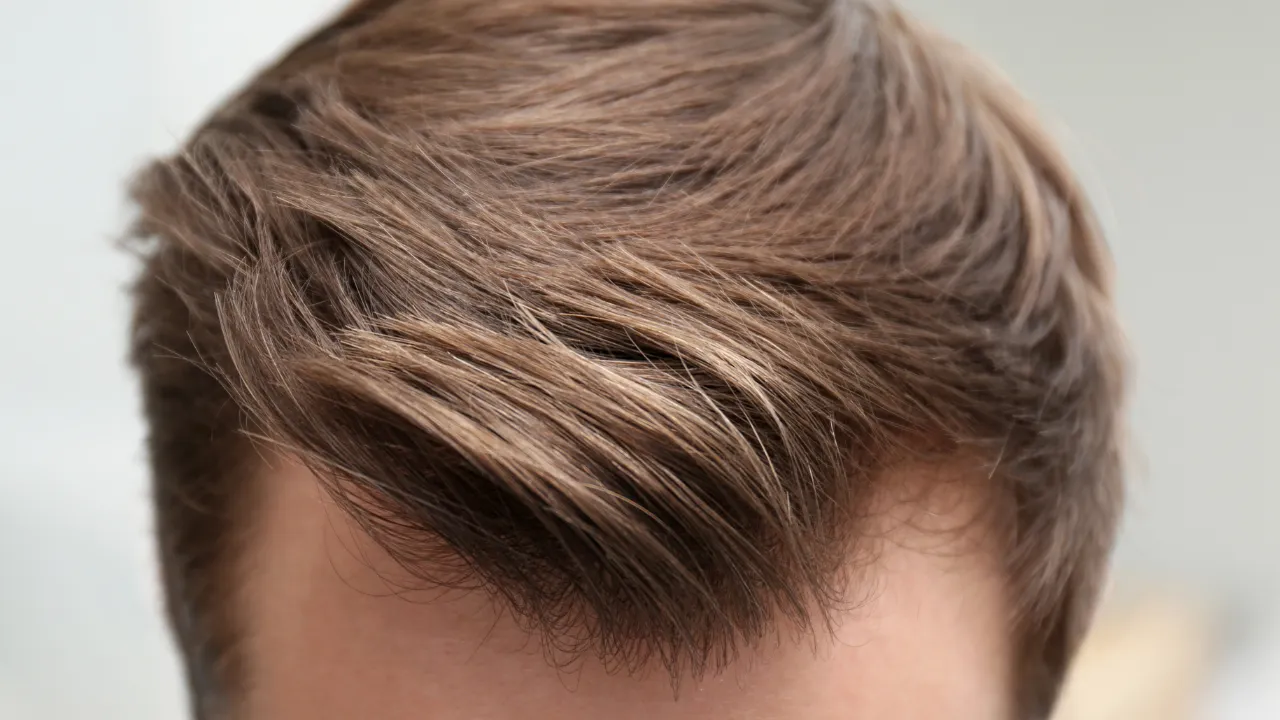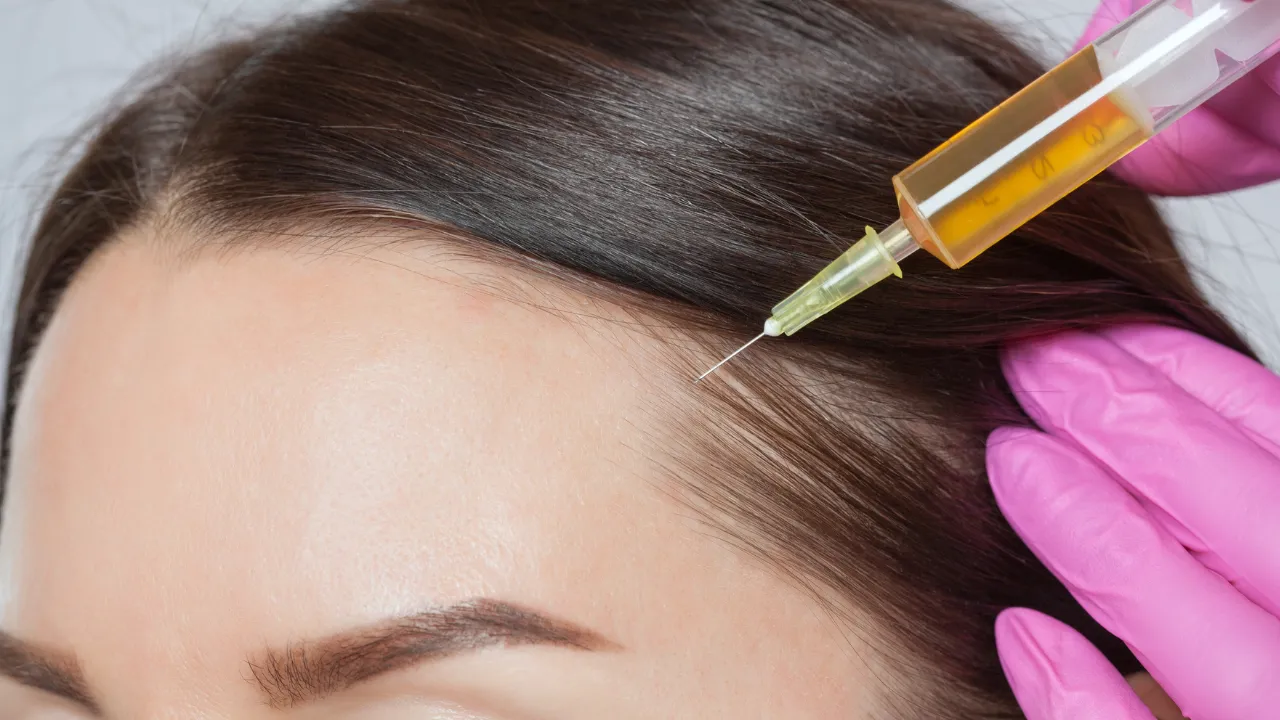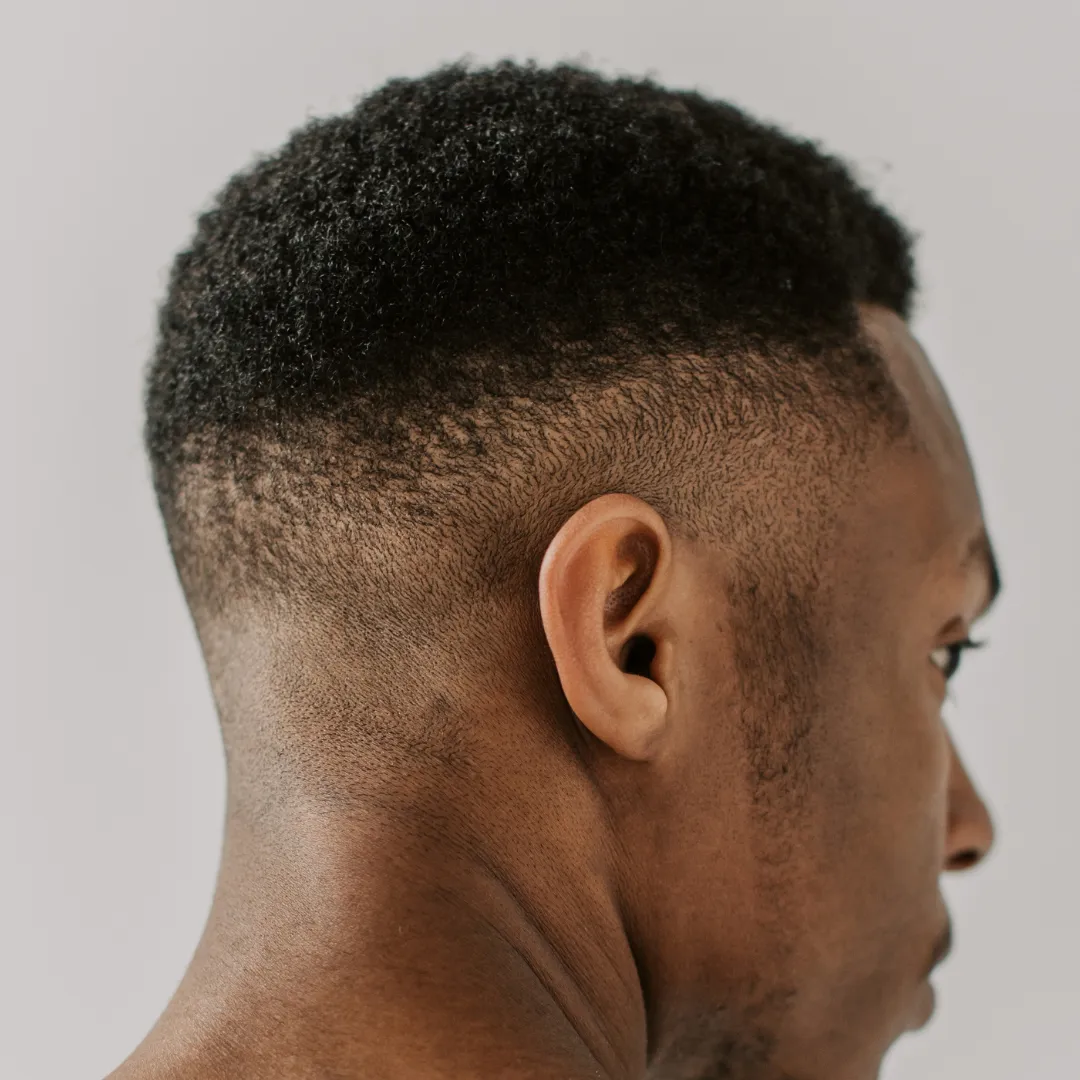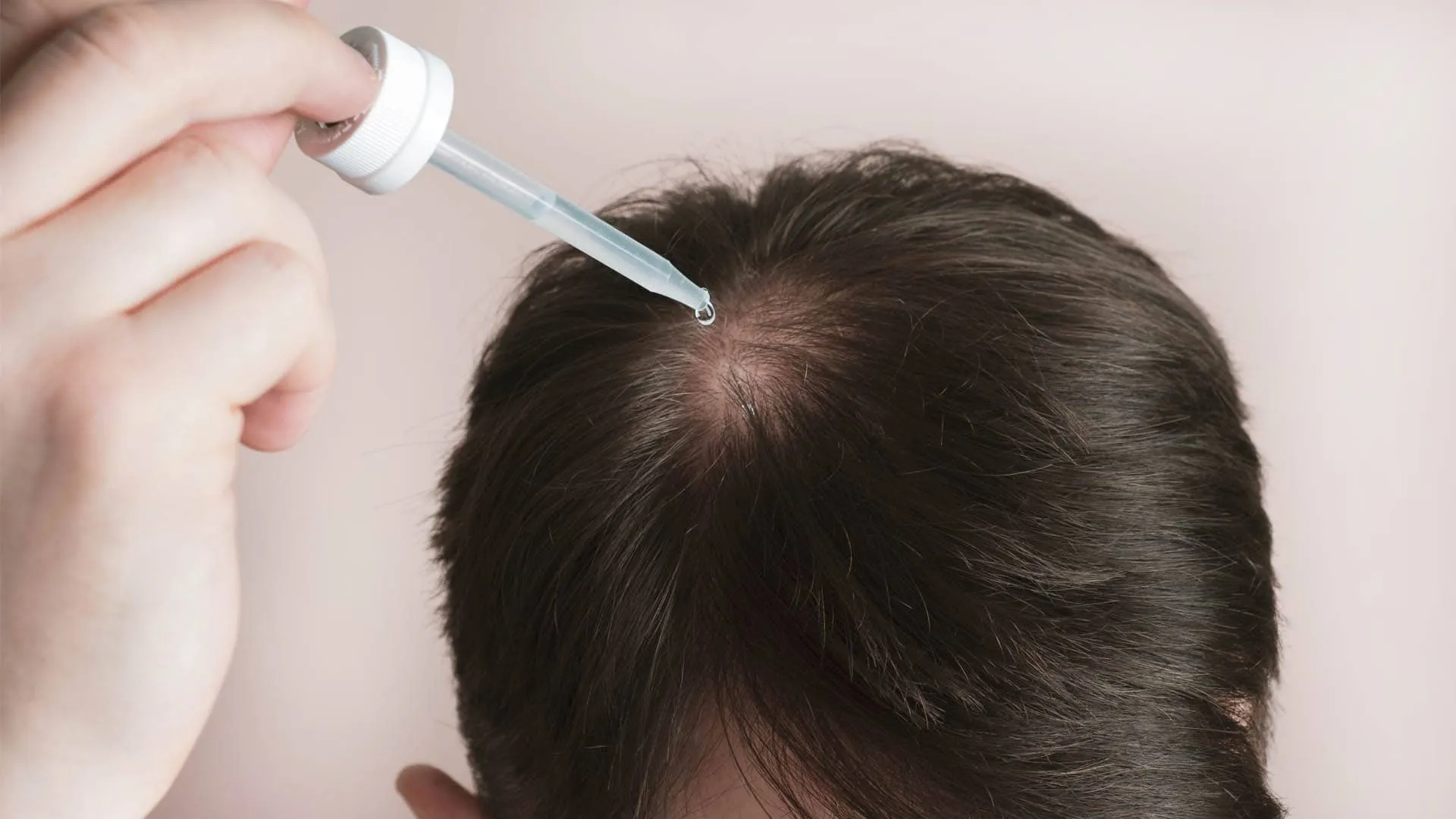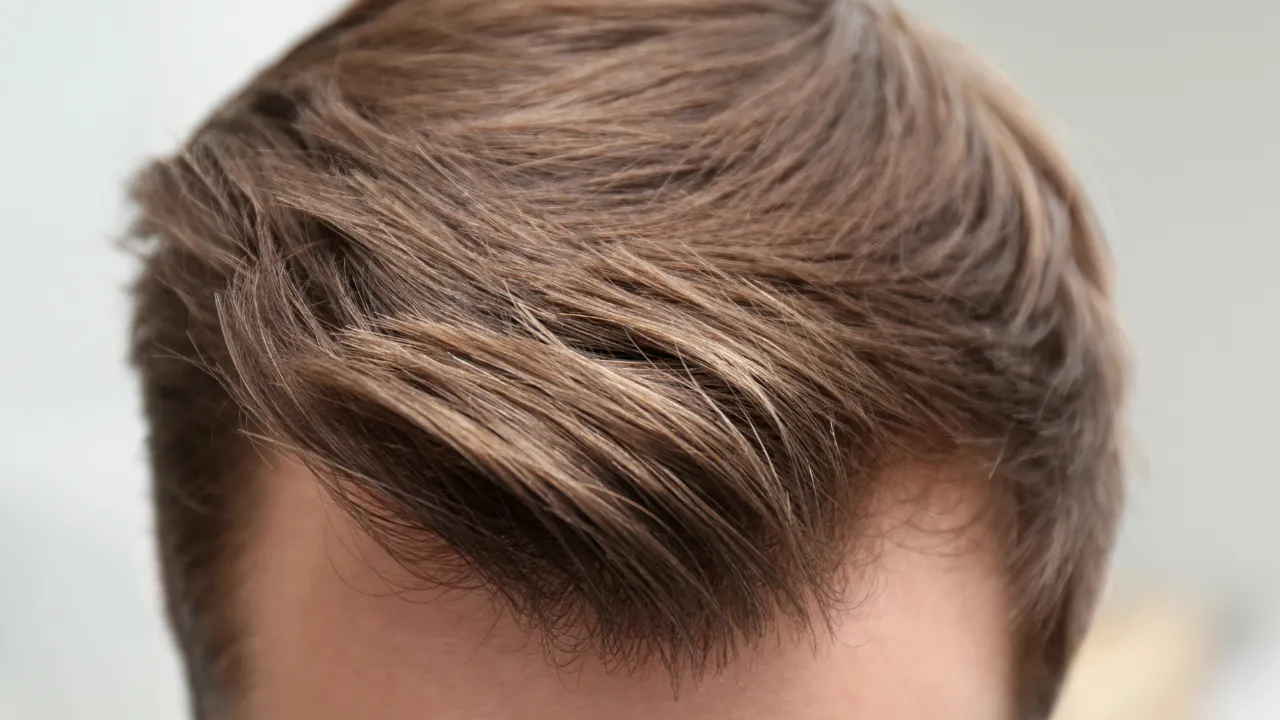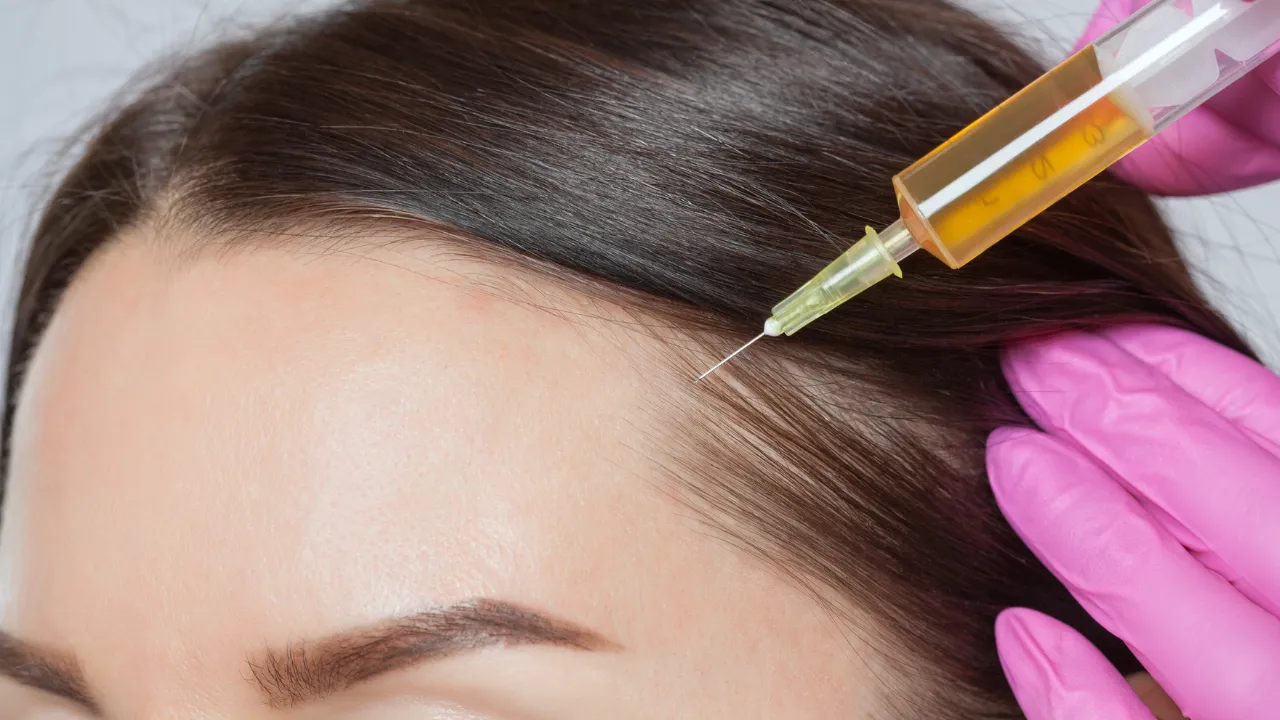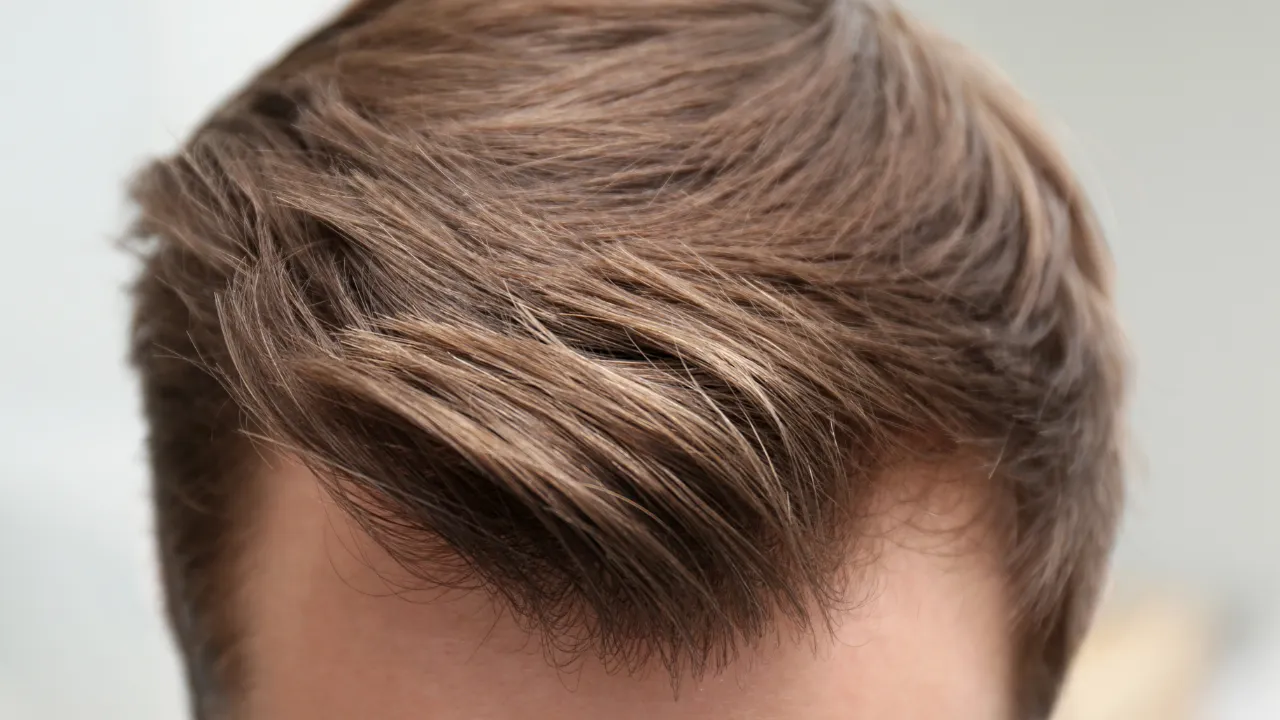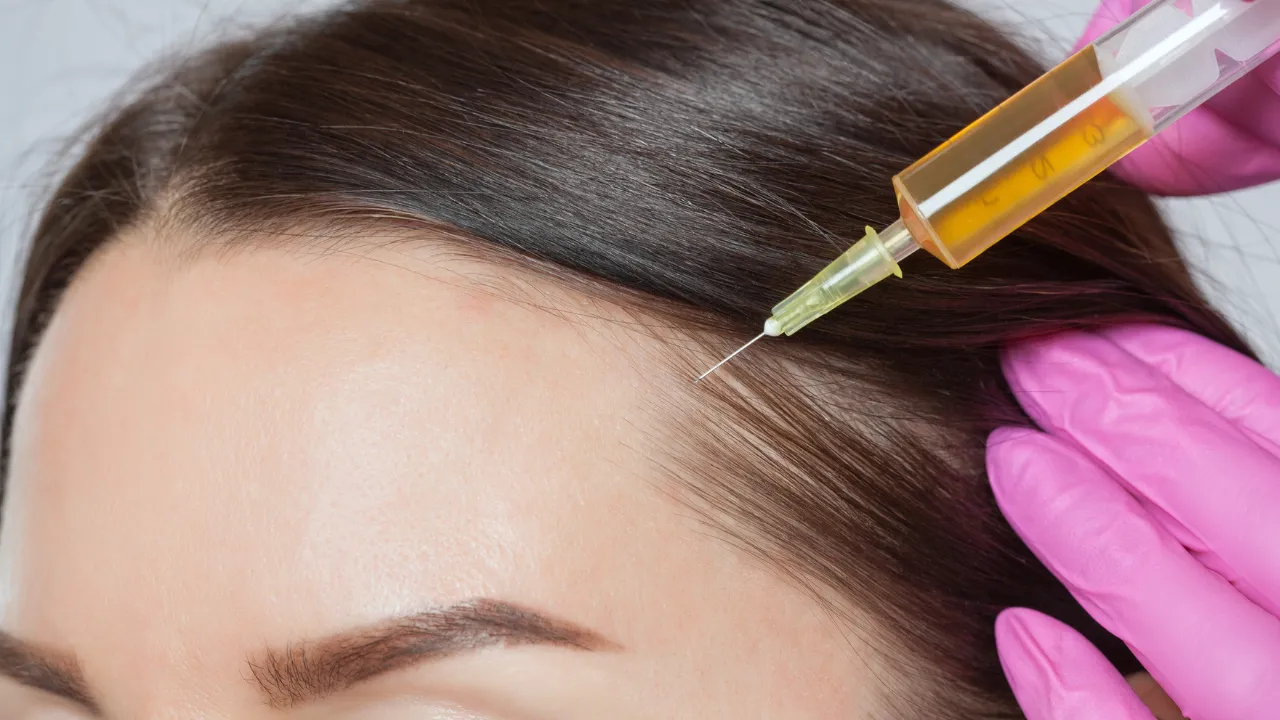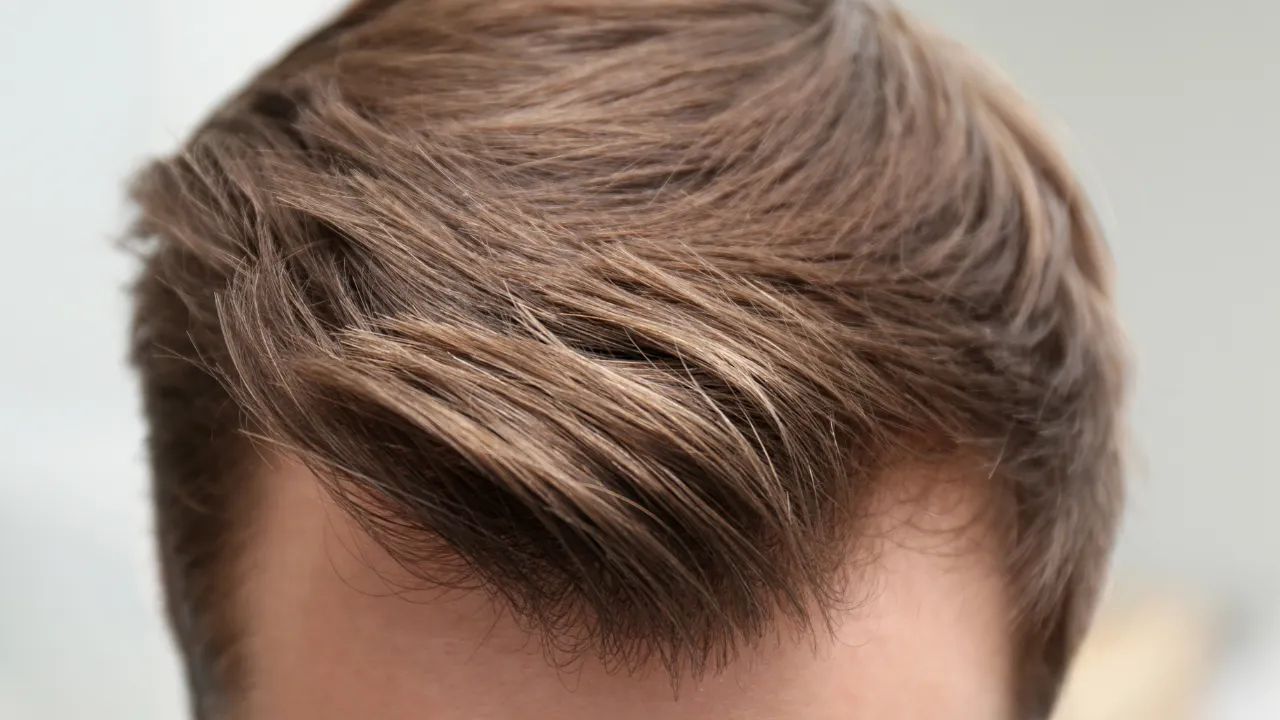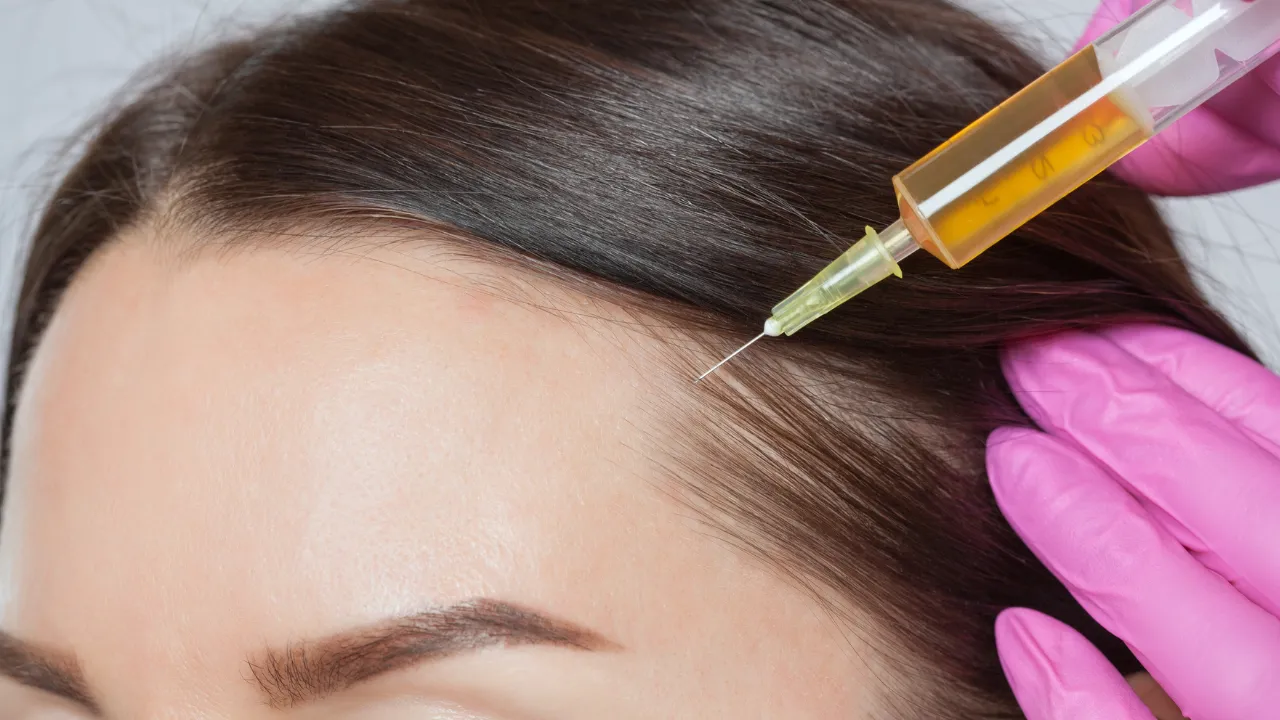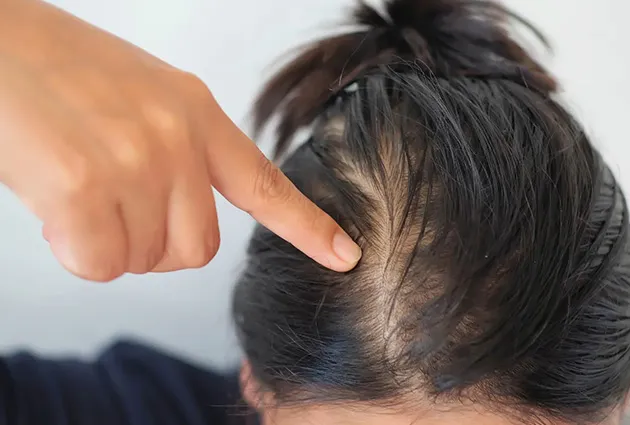Whether you’re considering an FUE hair procedure or just exploring options, this 2025 Hair Transplant Graft Calculator gives you the insights you need to start your hair restoration journey with confidence.
Our hair transplant cost calculator helps you understand how graft count directly impacts total pricing and treatment planning.


Thinking about a hair transplant but unsure how many grafts you’ll need? Dr. Kopelman’s Hair Graft Estimator provides a quick, personalized estimate based on your hair loss and goals. With 35+ years of experience in hair transplant surgery, Dr. Kopelman designed this tool to help you understand your donor hair needs and achieve natural, long-term results.
Determining the right number of grafts is key to achieving natural-looking, long-lasting hair transplant results. Let’s explore what influences your graft estimate.
Several factors determine how many grafts you’ll need:
Consulting with an expert like Dr. Kopelman ensures your estimate is tailored to your unique needs.
Here’s a simple guide to estimate the number of grafts you’ll need:
For example, covering 50 cm² at 35 grafts per cm² equals about 1,750 grafts. Dr. Kopelman’s Hair Transplant Calculator simplifies this process for precise results.
Each graft contains 1 to 4 hair follicles:
The number of hairs per graft depends on factors like hair texture and donor hair quality, which helps set realistic expectations for your results.
Women often experience diffuse thinning rather than distinct bald spots, which affects graft estimation:
The Hair Graft Estimator helps women understand how many grafts are needed to restore volume and confidence.
Posted on
Knowing how much coverage to expect from a hair transplant helps set realistic goals. The number of grafts directly affects how full and natural your results will look. Let’s explore how graft counts translate into coverage and what to expect from single or multiple sessions.
The area covered by 3,000 to 5,000 grafts depends on your hair type, desired density, and the extent of your hair loss:
Hair texture plays a key role—curly or thick hair offers better coverage with fewer grafts, while fine hair may require more for similar results.

There’s a limit to how many grafts can be safely transplanted in a single session:
Dr. Kopelman will assess your scalp’s capacity to handle larger sessions safely. For extensive hair loss, he may recommend multiple sessions for the best results.
For significant hair loss, multiple sessions may be necessary to achieve the desired coverage and density:
Dr. Kopelman will create a personalized plan to ensure natural, long-lasting results while protecting your scalp and hair health.
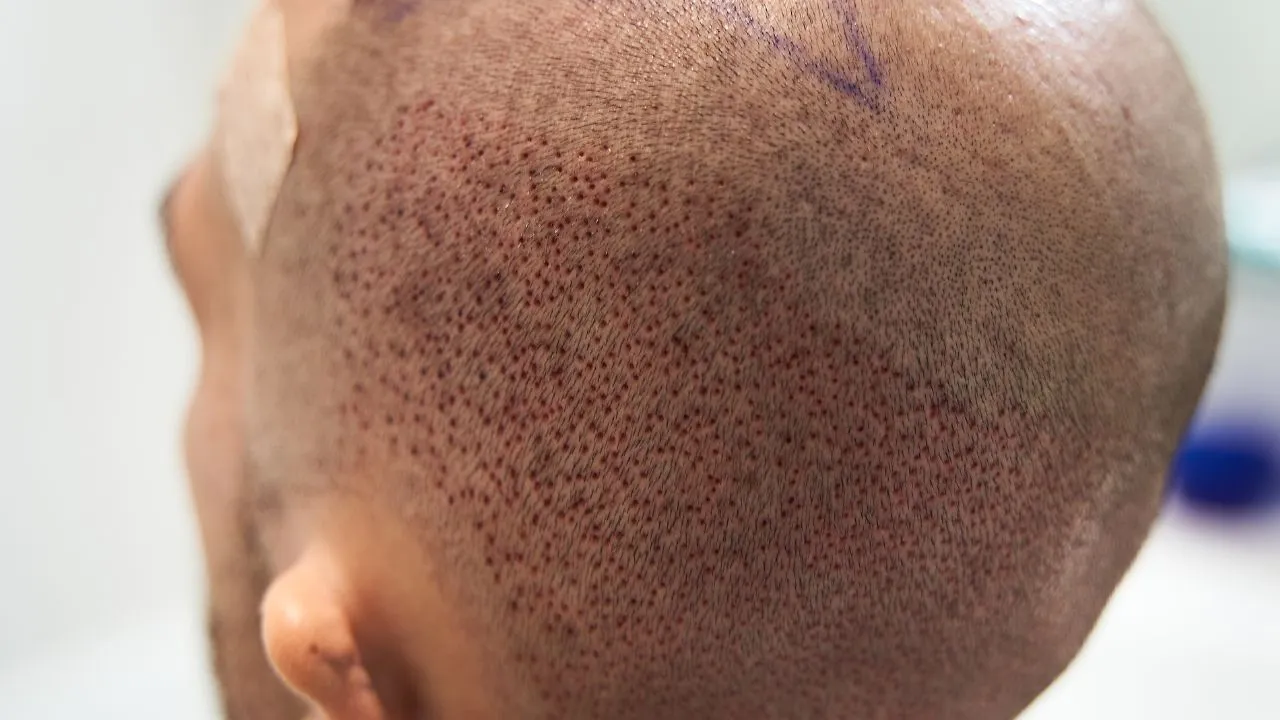
The cost of a hair transplant varies depending on factors like the number of grafts, the method used, and the clinic’s location. Understanding these factors helps you budget effectively and ensures you’re getting the best value. Here’s what influences pricing and how to estimate your total cost.
A Hair Transplant Cost Graft Calculator provides an estimate based on the number of grafts needed.
By entering details like your hair loss extent and desired density, you’ll get a clearer picture of the costs.
However, these calculators offer general estimates. Final pricing depends on:
Dr. Kopelman’s personalized consultations provide precise, transparent pricing tailored to your needs.
The number of grafts is one of the biggest cost factors. Most clinics charge per graft, but some offer tiered pricing, where the cost per graft decreases as the total number increases.
Here’s how graft quantity typically affects cost:
Discussing your goals with Dr. Kopelman ensures you only pay for what you need—no unnecessary extras.
Here’s an approximate cost breakdown, though prices vary by clinic and location:
Covers extensive hair loss, including the front, mid-scalp, and crown.
While cost matters, the experience of your surgeon and the quality of care are crucial.
Dr. Kopelman’s expertise ensures natural, lasting results, giving you the best value for your investment.
Many consider traveling abroad for cheaper hair transplants, but it’s important to weigh the pros and cons.
While going abroad might seem cost-effective, prioritizing safety, expertise, and long-term results is key. A trusted professional like Dr. Kopelman ensures your investment leads to natural, confident results with peace of mind.
Selecting the right hair transplant method is key to achieving natural, long-lasting results. Two of the most advanced techniques are FUE (Follicular Unit Extraction) and DHI (Direct Hair Implantation). While both offer excellent outcomes, the best choice depends on your hair type, the extent of your hair loss, and your personal goals. Let’s explore the differences between these methods and how your donor area plays a role in the process.
Both FUE and DHI are minimally invasive procedures that deliver natural-looking results, but they differ in technique and application.
Donor Area Density and Graft Availability
Your donor area—usually the back and sides of the scalp—determines how many grafts can be safely extracted and transplanted.
The density and quality of this area directly affect your final results.
During your consultation, Dr. Kopelman will assess your donor area and develop a personalized plan to maximize results while protecting your existing hair.
If you’re considering a hair transplant, you’ve likely come across free hair graft calculators online.
These tools offer a quick way to estimate how many grafts you might need based on your hair loss pattern.
But how accurate are they, and can they be used effectively for everyone—including women experiencing hair thinning?
Let’s take a closer look.
Free hair transplant graft calculators offer a quick estimate of how many grafts you might need based on your hair loss and desired coverage. But how accurate are they?
Pros:
Cons:
For precise results, consult Dr. Kopelman, who tailors graft counts and treatment plans to your specific needs.
Women experience hair loss differently than men, often with diffuse thinning rather than distinct balding patterns. This makes estimating graft needs more complex, and free hair graft calculators often fall short.
Free calculators can provide rough estimates, but they don’t account for these factors. Consulting with Dr. Kopelman ensures a customized approach for natural, satisfying results.
Choosing the right clinic for a hair transplant is crucial. At Kopelman Hair, you’re treated with personalized care backed by over 35 years of experience in hair restoration. Led by a father-son team, Dr. Kopelman combines advanced techniques with a compassionate approach to deliver natural, lasting results.
With Kopelman Hair, you’re investing in expert care and long-lasting results tailored to you.
